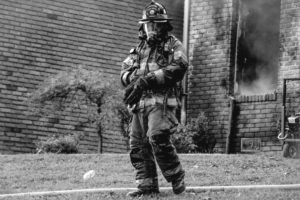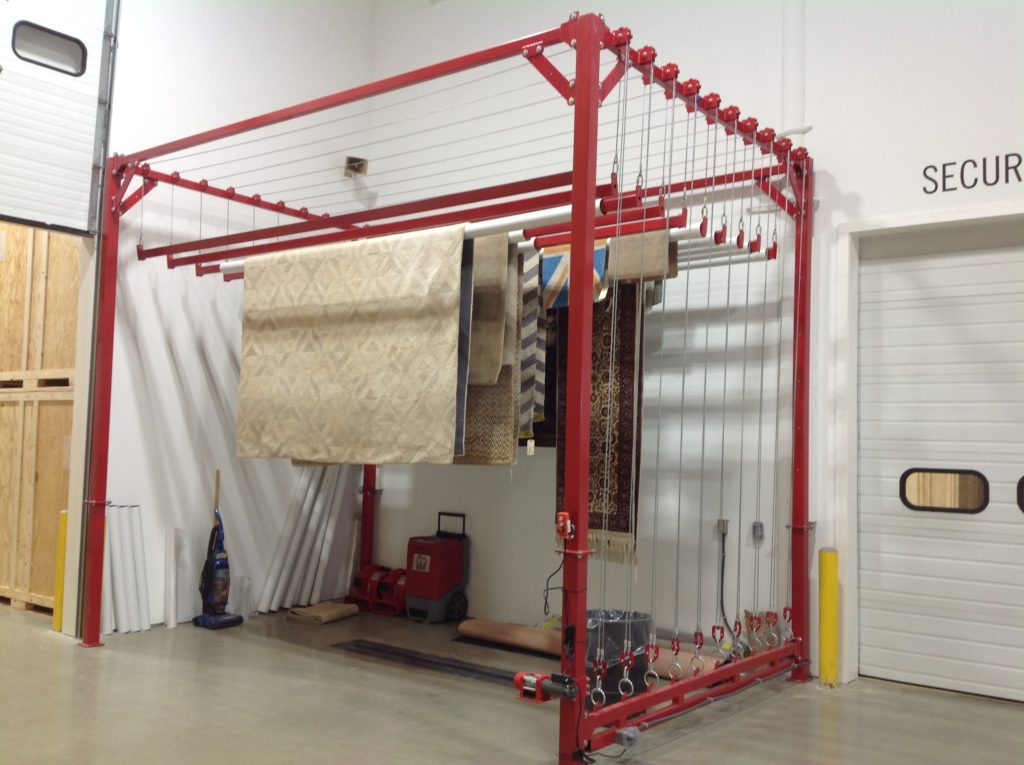Fire Safety and Surviving a House Fire
We tend to worry more about natural disasters than fire safety and the potential for the house going up in flames. We have food stored, a go-bag already stashed in the car and maybe even a plan for what we can grab out of the house before evacuating. The main reason for this preparedness is a direct result of the frequency of warnings and recommendations. Fire safety often gets brushed to the side.
For comparison, it is typically the people who have survived a house fire who have come to grips with the harsh reality that the only preparation you can make in the event of a fire at home is knowing your escape routes and how fast you can get through them to place that call to 911.
On average, at least 80 percent of the population is under the mistaken impression that they may have 10 minutes to get out alive. This is far from the truth. In fact, homes today burn faster than they did 30 years ago when you might have had up to 17 minutes to get out. Open floor plans have fewer wall barriers providing more oxygen to fuel the flames. In addition, today’s residential structures use a greater volume of synthetic building materials and furnishings that burn at a faster rate than natural products of the past. As a consequence, fire safety has never been more important!
According to Underwriters Laboratories, you may have as few as two to three minutes to get out of a burning house alive. For your own fire safety in your home, National Fire Protection Association suggests you should not be using those precious few minutes to fumble with a fire extinguisher or grab for treasured items or to look for the cat who is probably not even in the house. Just get out! Fire safety preparation is essential for survival.
Facts About Fire Extinguishers
Residential fires are high stakes situations. FEMA reports that roughly seven people perish every day in house fires. Unfortunately, some of those deaths are the result of people thinking they can fight the fire themselves. Even if you had a fire extinguisher handy, would you know what to do with it?

FEMA suggests you should only attempt using a fire extinguisher if:
- You have been properly trained in their use and have the right type of extinguisher for the type of fire
- The fire is small manageable, such as that contained in a wastebasket
- You can put out the fire in less than five seconds
- There are no flammable materials nearby
- You are prepared to quickly use your exits to get out if you are unable to extinguish the flames
You are dealing with more than flames in the event of a house fire. There are also gases and there is a lot of heat, plus a fire will double its size with every minute that passes. Your priority in the event of a house fire should be survival and not try to put the fire out. For the best chance of survival, there are several things you can do for your own fire prevention at home:
Smoke Detectors
Records of house fires reflect that 60 percent of fires in which people survived was due to having working smoke detectors installed in the bedrooms, hallways, kitchens, and basements. You can get long-life batteries for them that may last up to 10 years. You can also get wireless interconnectivity so that in the event a fire is detected in a basement, it will also set off the alarms in the bedrooms to warn occupants.
Family Fire Drills
In addition to reducing sources of ignition, fire prevention should also include education to teach occupants how they can avoid causing fires in the first place. Schools, commercial buildings, high rises and public venues will conduct fire drills with regularity to ensure all their tools and systems are up to the test. You should conduct home fire drills.
When your family members are rehearsed in the best methods of escape, it will not be a surprise should the need arise. Plan at least two exits per room even if one of them is a window as the typical egress could be unusable in a real house fire. Map out your exits and be sure to keep them clear. As part of your fire drill exercises, test your smoke alarms to be sure they are working. If not, check and change the batteries as needed.
Choose a location outside the house that is at a safe distance relative to a recognizable spot, such as a tree or other landmark. While outside, double check your house numbers are clear and visible from the street so that emergency response vehicles will be able to find it. Having a plan and rehearsing its execute reduces the panic that would otherwise set in during a fire.
How to Respond to a Fire
Professional firefighters will tell you that most people who fail to get out are often disabled by the smoke and gases. You are best protected when keeping low by bending down or crawling as heat rises. Check doors, not the doorknobs. If there is fire on the other side, it will feel hot. Do not open the door, and instead, find another door or window. Close doors behind you as you can to close off a chimney effect. This helps reduce the oxygen the fire needs to remain active while keeping temperatures down and the smoke out.

If you find you are stuck in one room, close any doors and windows. If you can do it, place wet towels or wet fabric over any openings through which smoke can get in. When exiting windows, crawl outside backward while facing the interior of the house. You can position yourself so that your feet are closest to the ground as they can get before you let go and drop. Above all, once safely outside, do not go back in. Alert and allow firefighters to respond to the need to go inside to rescue others.
Fire Safety
According to the American Survey CO, electrical appliances such as stoves, microwaves, radiators, heating units, toasters and other small appliances are responsible for about 47 percent of house fires. Other appliances such as the washer and dryer, stoves and computers generate heat and should be positioned so that the heat produced is not a risk. While dealing with electrical devices, check all the wires and connections you are using in the house. Frayed wires or overloaded extensions chords present a potential fire safety hazard.
Why Insurcomm Is Your One Point Of Contact

Different methods are employed in the performance of restoration based on the type of fire damage that has been sustained. Restoration can be handled by property managers, building managers or homeowners themselves. If a fire has occurred in your home leaving destruction in its wake, we at Insurcomm are available throughout New England to perform expert fire damage cleanup and repair. When you call us at 844-ICI-FIRE, we pledge to provide the safest way to restore your fire damaged property. We have the training and extensive experience in New England to provide cleanup and repair services from start to finish.







